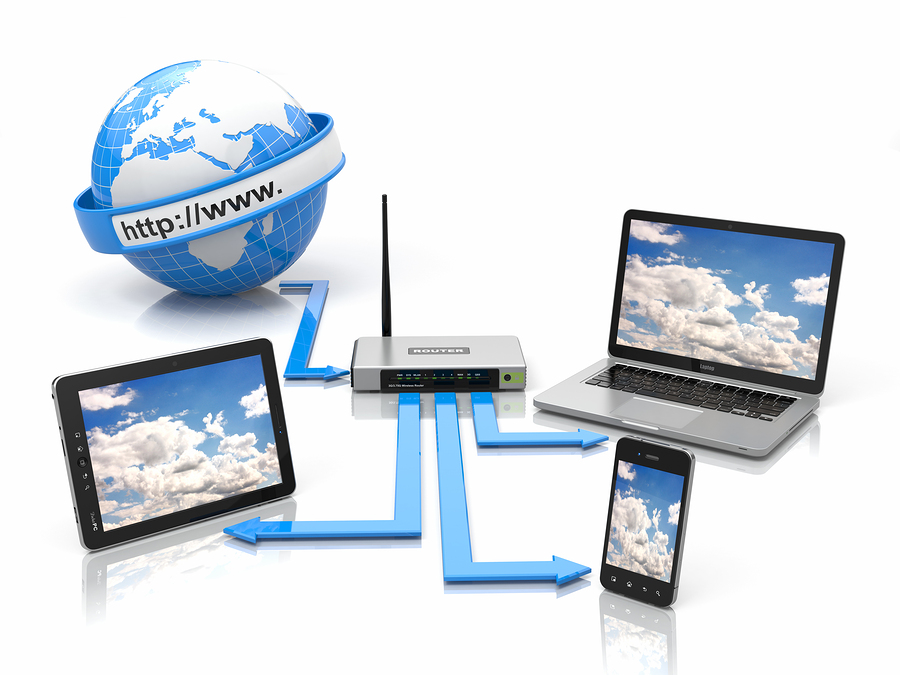Whether you’re spending time at home on your phone, tablet, working from a home office, or ordering pay-per-view movies, more than likely you’re connecting through your home network.
Most homes in the Lake Travis area have a home network setup. Unless you live out in the middle of nowhere, it’s not surprising to see several other wireless network connections within range when you pull up the list of available connections. If you can see all your neighbors home networks, they can see yours. How can you be sure your network isn’t the one that everyone is connecting to?
The security of your home network has become increasingly critical. Here are four quick and painless steps that you can take to help minimize your home network’s vulnerabilities, and protect your privacy.
1. Change the password
Be sure and give your Wi-Fi network a unique password that (ideally) only you and other users that you know and trust will have access to. This password should be hard to guess, but easy to remember and type – even on a smartphone keyboard. The password should be at least eight characters long and should include both letters and numbers. And, if your router lets you use passwords with spaces, that’s even better.
Also, check and see if your router will allow you to set up a guest password; especially if you have teenagers that may be inviting friends over for homework projects that require them to go online.
2. Change the important default settings in your modem/router
A router’s default settings come from the vendor and are therefore pretty much public knowledge. The two key ones here to change are the default IP address and the default log-in password. The router’s User’s Manual or the Tech Support help line from your Internet Service Provider (ISP) should be able to easily walk you through it.
3. Updating your router’s firmware
Firmware, or the software that actually resides within the router itself and allows it to do what it’s designed to do, will make newer and more powerful security features available as the vendor releases them. These updates can usually be found online, or again, by calling your ISP’s help desk.
4. Select WPA2 or WPA for your router’s security standard
Most smart devices (iPads, iPhones, tablets, etc.) are completely compatible with both standards. WPA2 is the stronger of the two.
A few other things you can try
Do you feel like your network is running too slow? You can easily test your Wi-Fi network’s download speed (the one that really matters) to make sure that you’re getting all the speed that your Internet Service Provider is billing you for. Run a quick and easy speed test on your network just like the IT pro’s do.
Are you looking to boost your home’s overall Wi-Fi performance? Here are some additional tips on getting your home network running at its optimal level.
Check out the Lake Travis Real Estate section for more information on historic landmarks, area neighborhoods, buying and selling tips, and local market conditions.
